Recover from drought with a regenerative future in mind
As painful as droughts can be, making a drought management plan can help your ranch emerge stronger and more resilient on the other side.
Nearly one-third of the contiguous United States experienced severe to extreme drought in 2022, according to the Palmer Drought Index. By the end of August 2022, about 40% fell in the moderate-to-extreme drought category.
Like most who have lived and worked in the Great Plains for any amount of time, Steve Swaffar has experienced the cyclical nature of drought. The ag consultant for Noble Research Institute has walked alongside plenty of ranchers who suffer through the devastating effects on land and livelihood, but he’s also seen many others thrive on the other side.
“In some cases, drought can be a bit of an opportunity,” Swaffar says. “It’s an opportunity to make change, because times are already tough. So, the tough get tougher, right?”
Here are three steps to take today to emerge stronger next spring.
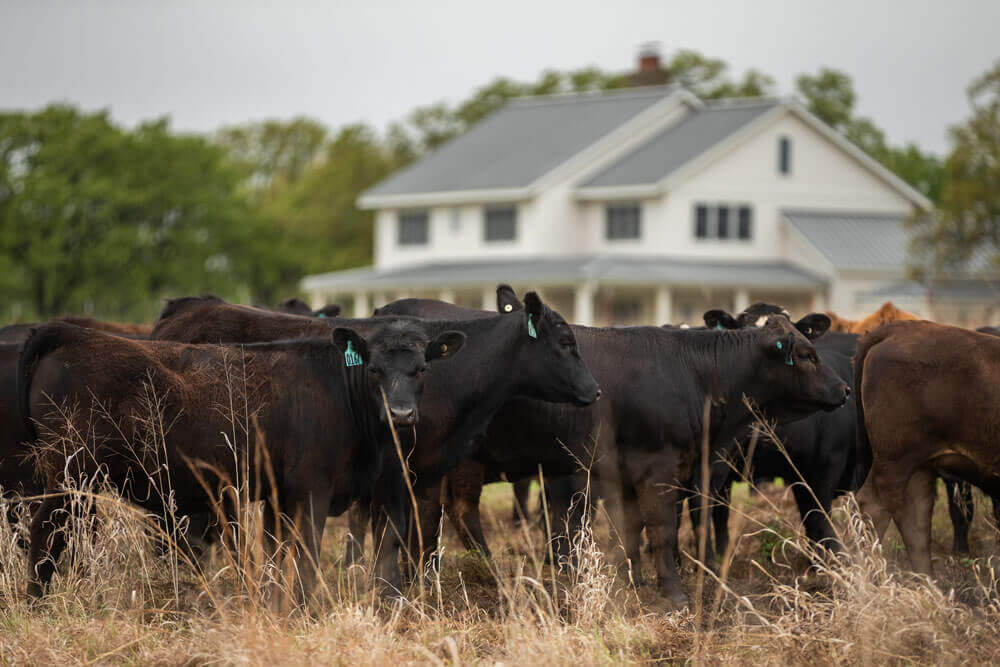
Step 1: Make a plan for the next drought now
The worst time to make drought-induced decisions is under the duress of drought.
“It’s a big deal to think about liquidating a herd in the middle of a drought,” Swaffar says. “Emotions take over, and it’s very difficult to make sound financial decisions.”
Instead, he says the best thing to do when coming out of a drought is to immediately make a plan for the next one. In many regions of the Great Plains, he notes, ranchers should expect moderate to severe drought in one out of every five years, so it’s best to brace for the tough decisions in advance.
Writing a drought management plan starts with your own historic knowledge or data accessible through your local NRCS office. Start by writing down typical rainfall patterns for your area, with markers at prime growing seasons. Look where rainfall patterns and forage growth intersect at key points on the calendar.
For example, one might observe that over the past ten years, 50% of your annual rainfall arrives and about 60% of forage growth typically occurs by June 1. In the next 90 days, another 35% of that annual rainfall helps forage recover during prime grazing season. The balance of your precipitation arrives in the form of snow.
“Now I know June 1 is a pretty important date on the calendar as far as rainfall goes,” Swaffar says. If you get to June 1 and only have 25% of average rainfall, it’s time to make a management change. If, by June 15, there’s still no additional rainfall, the decision to destock is already made.
Trigger dates like this help guide decisions during the drought with premeditated options instead of reactions. Without a written plan, the tendency – even among the best, most thoughtful ranchers – is to keep praying for rain and simply hope it will get better.
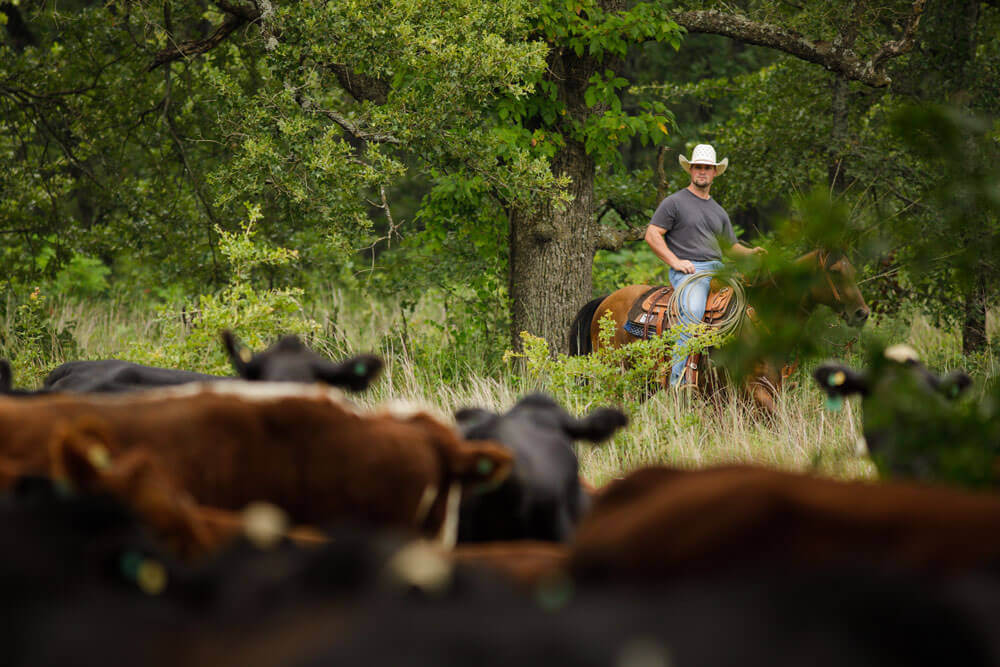
Step 2: Evaluate your primary resources: forage, soil, water
Once you’ve used historic data and institutional knowledge to write your next drought management plan, make an honest evaluation of your resources.
“Ideally, you’re monitoring your forage every year, but this is especially important in, or coming out of, a drought,” Swaffar says. Sample and evaluate both standing forage and any stored forage. “Then adjust your expectations accordingly.”
Now also would be a good time to take Haney soil samples of your pastures and forage fields for analysis, so you have a baseline for a new, more adaptive management system. Assessing the baseline of the soil microbiology community will help producers judge how quickly soils and pastures might recover coming out of the drought with improved management.
Finally, take stock of the health of your water cycle and your water sources. Begin to make frequent observations of the infiltration in your pastures and use that reference to monitor the effects of implementing the six soil health principles as your land recovers from drought. You can use an infiltration ring to get a broad assessment of infiltration, but you can also observe specific spots on the ranch every time it rains to assess if water puddling is decreasing with improved soil health.
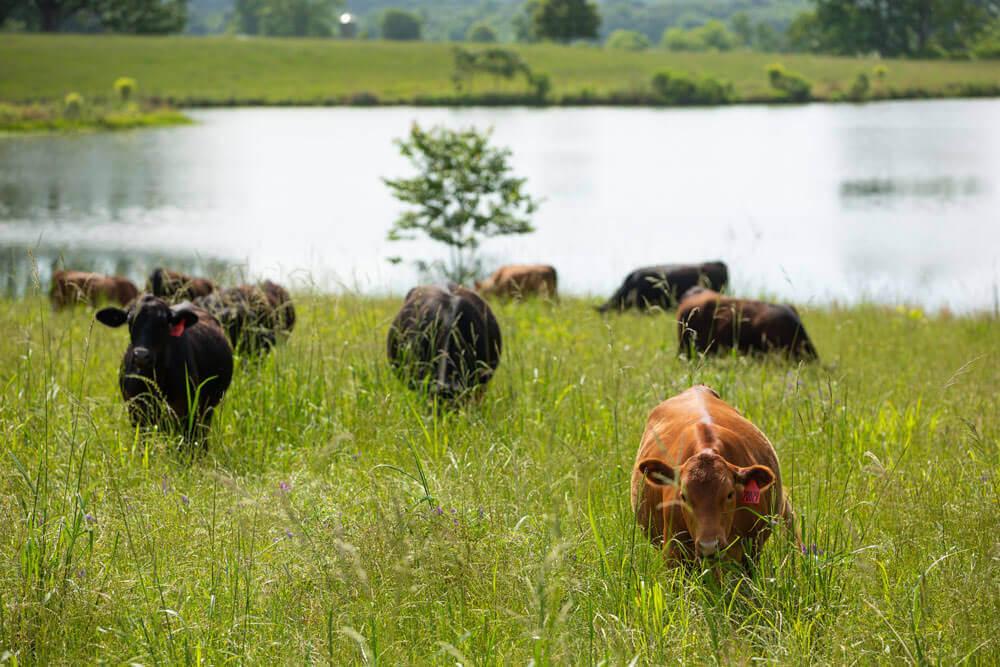
Step 3: Analyze your business
If your goal in a regenerative system is to restore health to the land, the livestock and your business, a key component will be an analysis of where money enters and exits each ranch enterprise.
There are many approaches to an enterprise analysis, but for simplicity’s sake, Swaffar suggests asking yourself three questions. Write your answers out alongside your drought management plan.
1. Is each enterprise standing on its own as a profitable business?
When you look at each source of income, make an honest assessment of that enterprise’s ability to stand on its own.
2. Do my livestock match my environment?
Is it time to consider a different class of livestock – short-term stockers or custom grazing instead of a full-time herd, for example? Or a different type of livestock – a breed better-suited for hot, dry climates, or a small ruminant species that will thrive on less?
3. Are the inputs that cost me money truly resulting in greater profitability?
Are there other ways I could get the same results with less money leaving the system? One example might be asking, is there potential to use a tool already in the system (such as stock density) to replace a costly input (herbicide application)?
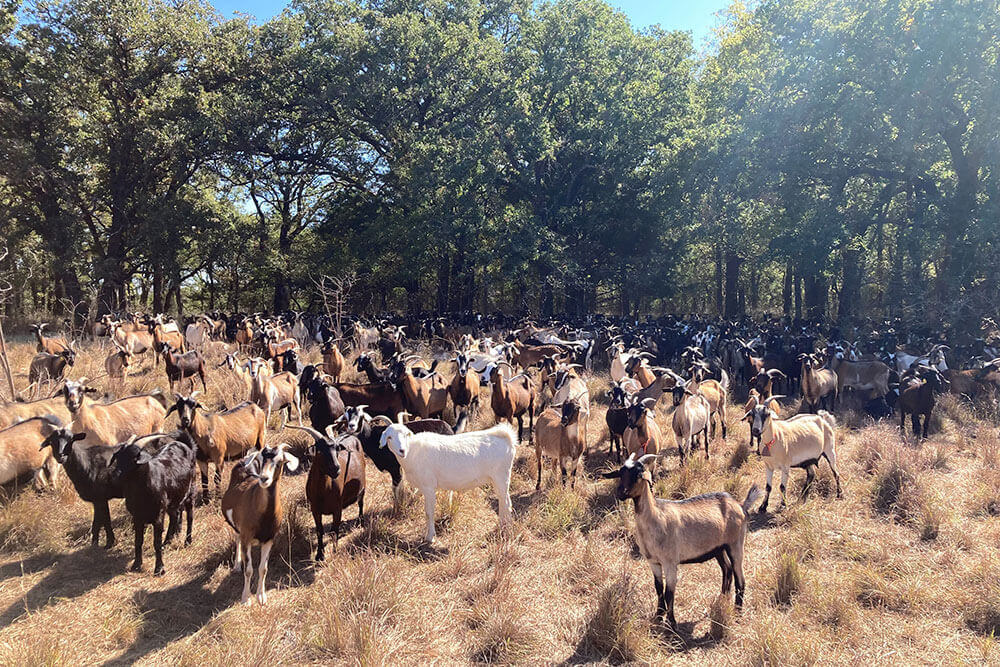
At the end of the day, adaptability is key.
“There is no prescription here, no step-by-step guide to follow,” Swaffar says. “What we need is to be thinking about adapting our management and our resources to where we are and where we want to be in the future.”

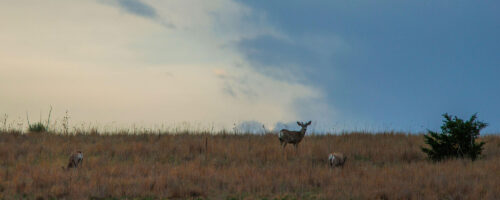
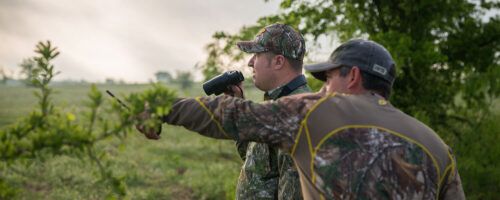
Comment